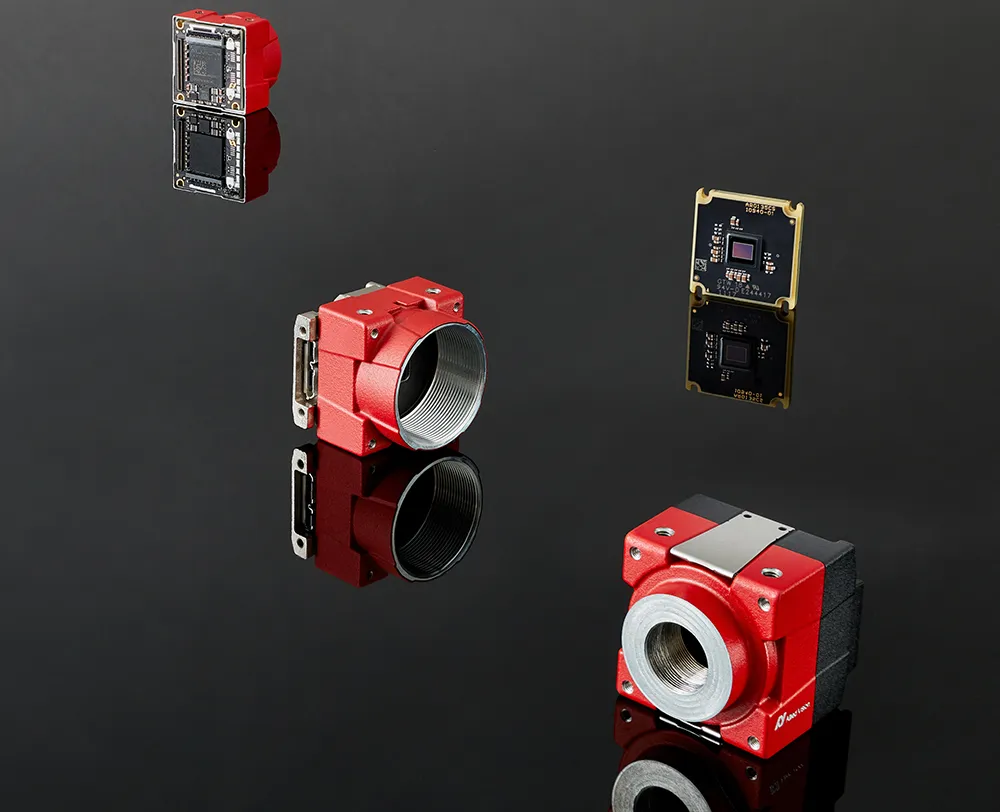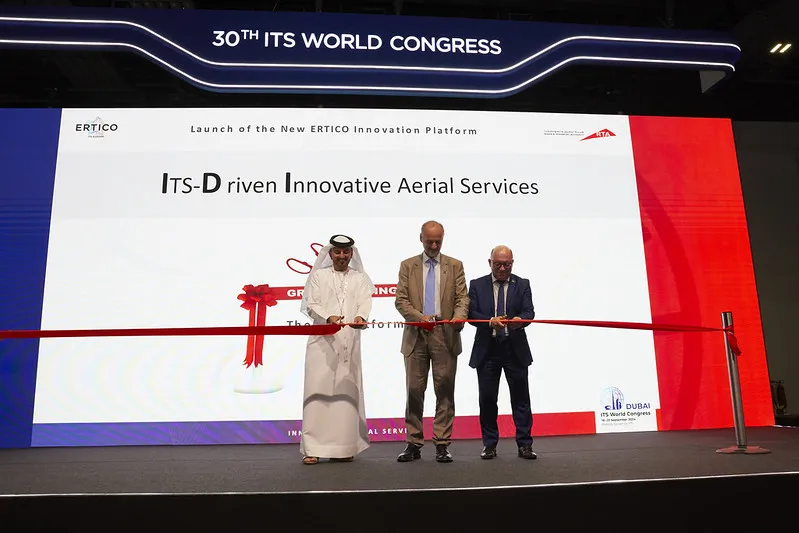According to Finland’s VTT Technical Research Centre of Finland, technology developed by the centre makes it possible to miniaturise an entire measuring laboratory to the size of a small sensor.
Using the technology, the Fabry project at VTT has developed smart optical measuring devices for uses that include optimisation of vehicle engines, reduction and monitoring of environmental emissions, and quality control of pharmaceuticals.
Participants in the Fabry project to develop spectroscopic sensor devi
May 13, 2014
Read time: 2 mins
According to Finland’s 814 VTT Technical Research Centre of Finland, technology developed by the centre makes it possible to miniaturise an entire measuring laboratory to the size of a small sensor.
Using the technology, the Fabry project at VTT has developed Smart optical measuring devices for uses that include optimisation of vehicle engines, reduction and monitoring of environmental emissions, and quality control of pharmaceuticals.
Participants in the Fabry project to develop spectroscopic sensor devices based on novel Fabry-Perot interferometers included260 Continental Automotive, 536 Sick, 7745 Innopharma Labs, 7746 Ocean Optics, 7747 Murata Electronics, Rikola, 7748 Okmetic and VTT Memsfab.
So far, two of the companies involved have launched new products of their own based on the project results. Rikola of Finland has developed the world’s smallest hyperspectral camera, which can be used for surveying fertilisation and irrigation needs in agricultural areas from unmanned aerial vehicles, while the Irish Innopharma Labs manufactures Eyemap cameras for the pharmaceutical industry.
VTT is also in the process of establishing a spin-off company based on the, which it expects to launch in May 2014.
“Apart from new business operations, optical measurement technology also has an impact on employment. In the long run, this could create dozens, or maybe even hundreds of new jobs in Finland,” says Jarkko Antila, senior scientist at VTT, who has been coordinating the project.
The Fabry-Perot interferometer makes use of multiple reflections between two closely spaced partially silvered surfaces. Part of the light is transmitted each time the light reaches the second surface, resulting in multiple offset beams which can interfere with each other. The large number of interfering rays produces an interferometer with extremely high resolution, somewhat like the multiple slits of a diffraction grating increase its resolution.
Using the technology, the Fabry project at VTT has developed Smart optical measuring devices for uses that include optimisation of vehicle engines, reduction and monitoring of environmental emissions, and quality control of pharmaceuticals.
Participants in the Fabry project to develop spectroscopic sensor devices based on novel Fabry-Perot interferometers included
So far, two of the companies involved have launched new products of their own based on the project results. Rikola of Finland has developed the world’s smallest hyperspectral camera, which can be used for surveying fertilisation and irrigation needs in agricultural areas from unmanned aerial vehicles, while the Irish Innopharma Labs manufactures Eyemap cameras for the pharmaceutical industry.
VTT is also in the process of establishing a spin-off company based on the, which it expects to launch in May 2014.
“Apart from new business operations, optical measurement technology also has an impact on employment. In the long run, this could create dozens, or maybe even hundreds of new jobs in Finland,” says Jarkko Antila, senior scientist at VTT, who has been coordinating the project.
The Fabry-Perot interferometer makes use of multiple reflections between two closely spaced partially silvered surfaces. Part of the light is transmitted each time the light reaches the second surface, resulting in multiple offset beams which can interfere with each other. The large number of interfering rays produces an interferometer with extremely high resolution, somewhat like the multiple slits of a diffraction grating increase its resolution.










